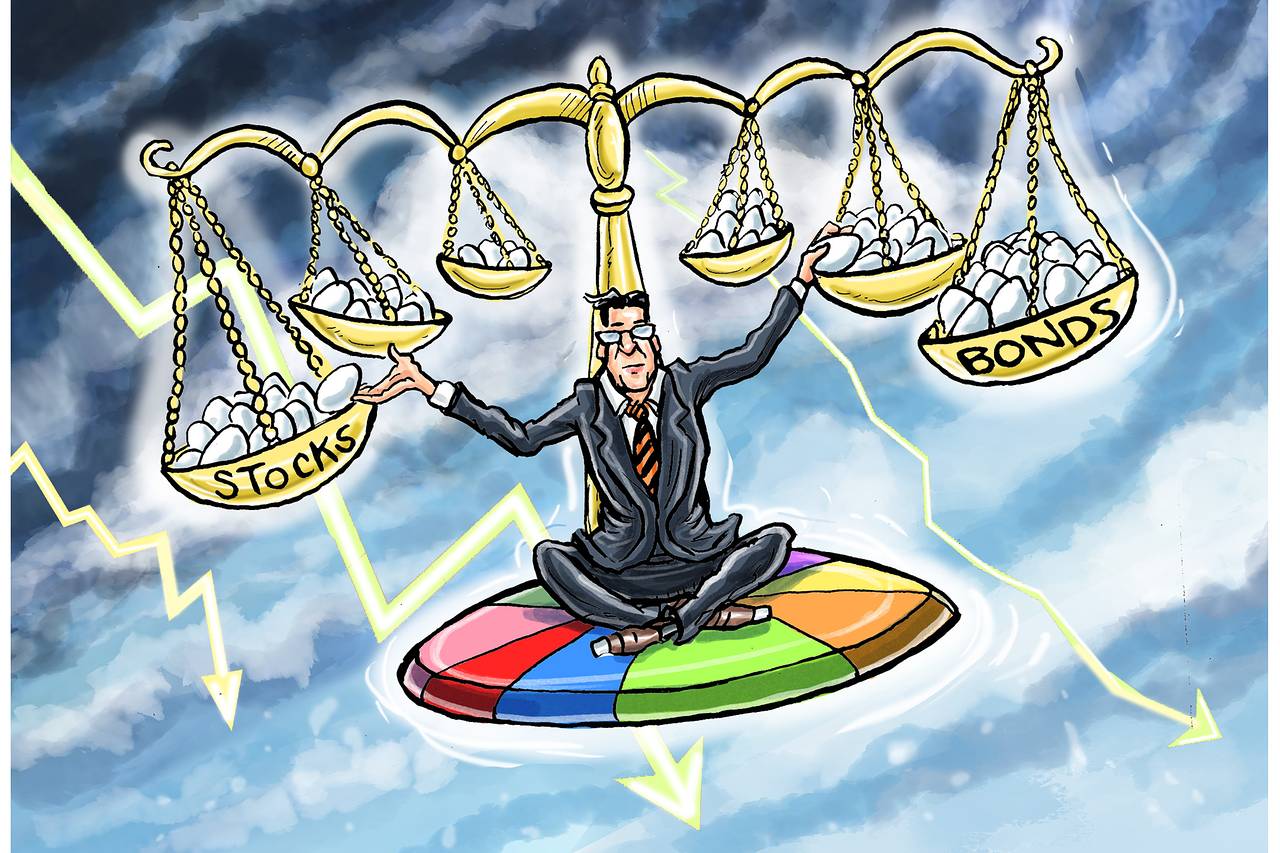It's a Good Time to 'Stock' Up

Rebalance’s Burt Malkiel posits that while no one knows how long the COVID-19 pandemic will last, one thing is certain: Equity valuations are more attractive today than at the beginning of 2020. Find out why in his Op-Ed for the Wall Street Journal.
The NCAA college basketball tournament was canceled, but for those following the financial markets and the real economy, there was more than enough March madness to satisfy the most rabid thrill-seeker. We have witnessed unprecedented volatility, a sudden bear market in stocks, and a collapse in the labor market unrivaled in its speed and intensity. These are the times that can produce life-changing investment blunders as well as unique opportunities.
No one knows how many people the global Covid-19 pandemic will kill or how long it will last. Nor does anyone know the extent of the global downturn and how much further stock prices will fall. But there is one thing that everyone knows: Equity valuations are far more attractive today than they were at the start of 2020.
The so-called CAPE ratio—the price-earnings multiple for the market based on cyclically adjusted earnings averaged over the past 10 years—is the most effective tool for predicting the likely long-run payoff from holding a diversified portfolio of common stocks. Initial CAPE ratios predict about 40% of the variation in next-decade stock returns. When CAPEs were very high (as they were in early 2000), stock returns were extremely low for the next decade. The best decades for stock returns occurred when initial CAPEs were low.
At the market peak in February, CAPE ratios were at elevated levels—not as high as at the peak of the dot-com bubble, but among the highest in history, suggesting very low future returns. Today they have fallen more than 20%, suggesting that equity purchases at today’s levels should earn decent future returns.
A second reason investors may want to begin taking a more constructive view of the stock market is that alternative investments aren’t offering attractive returns at the moment. Yield on the safest bonds in the U.S. are near zero and are actually negative in Europe and Japan. Thus, the gap between probable equity returns and bond yields has risen significantly.
Finally, common stocks—representing ownership of real assets (factories, commodities, real estate, etc.)—have been a reliable long-run inflation hedge. It is true that in recent years inflation has been tame, and many analysts believe that it will remain inconsequential for a while. But central banks across the globe have been pouring unprecedented amounts of money into their economies. The Federal Reserve has signaled an almost unlimited willingness to buy financial instruments and expand the money supply. The recent $2 trillion fiscal stimulus package may be only the beginning, and a similar-sized infrastructure package may follow. When the pandemic has passed, there is certainly a possibility that our recent experience of stable prices won’t be permanent.
Rebalancing is an investment technique that has proved effective when relative valuations of different asset classes are in flux. All investment portfolios need to be diversified, with the exact mix of holdings reflecting the investor’s capacity and tolerance for risk. Rebalancing simply involves a periodic review to ensure that the combination of investments in a portfolio comports with the investor’s attitude toward risk.
In December, Atanu Saha and I pointed out on these pages that stock prices had soared over the past year and that investors should consider whether their overall portfolios were riskier than their target allocations. If so, rebalancing the portfolio by selling some stocks and investing the proceeds in safer assets would be warranted. Rebalancing always tends to bring portfolio allocations back to target ranges to constrain risk. In very volatile markets, it can also enhance returns.
Today I recommend that investors consider moving in the opposite direction and begin a program of liquidating a portion of their bond and short-term securities funds and buying equities instead. There is no need to complete any reallocation all at once. By moving money into equities slowly over time, you will “dollar-cost average” your reallocations and avoid the feeling of regret you could experience by reallocating equities at prices that could be well above the ultimate market bottom.
Whenever you do rebalance, be aware of the tax implications. By selling an asset class that has risen in value, you may have realized a capital gain. If so, try to sell a security or fund carried at a loss, and replace it with an equivalent but not identical investment. And favor low-cost index funds and exchange-traded funds, as well as discount brokers. The one thing you can control is the investment expenses you incur.
One final piece of advice. The unprecedented disruptions caused by the coronavirus underscore the absolute necessity of having a precautionary cash reserve of at least three months’ living expenses to help pay for unexpected medical bills and provide a cushion during a period of unemployment. If you are not adequately covered by medical or disability insurance, or if you work in the gig economy where employment opportunities can disappear overnight, the reserve needs to be larger. A “cash reserve” invested in short-term securities is over and above any reserves you may carry in your investment portfolio. Replenishing (or funding) a precautionary cash reserve fund should come before any decisions on your investment portfolio. And any known large expenditures (such as a college tuition payment) need to be funded with safe short-term investments (such as bank certificates of deposit) whose maturity matches the date at which the funds will be needed.
This article was originally published in the Wall Street Journal on April 7, 2020. Professor Malkiel is the author of “A Random Walk on Wall Street” and a member of Rebalance’s Investment Committee.






